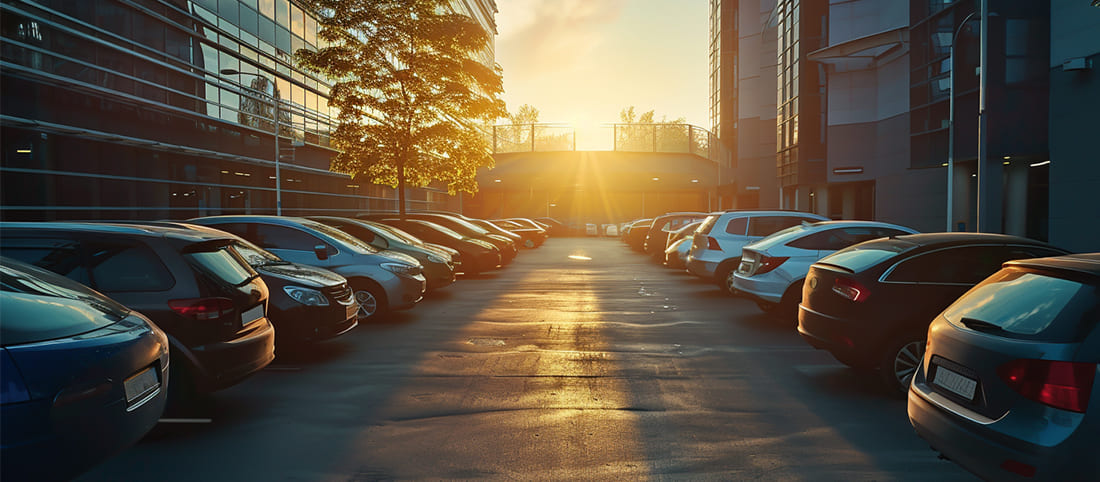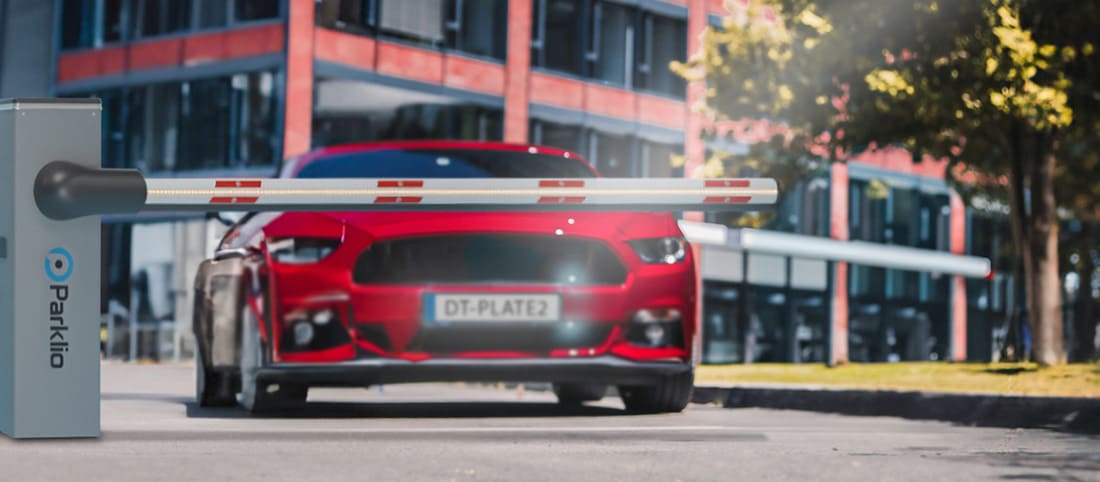Manual Parking Barriers: Are They Worth It?
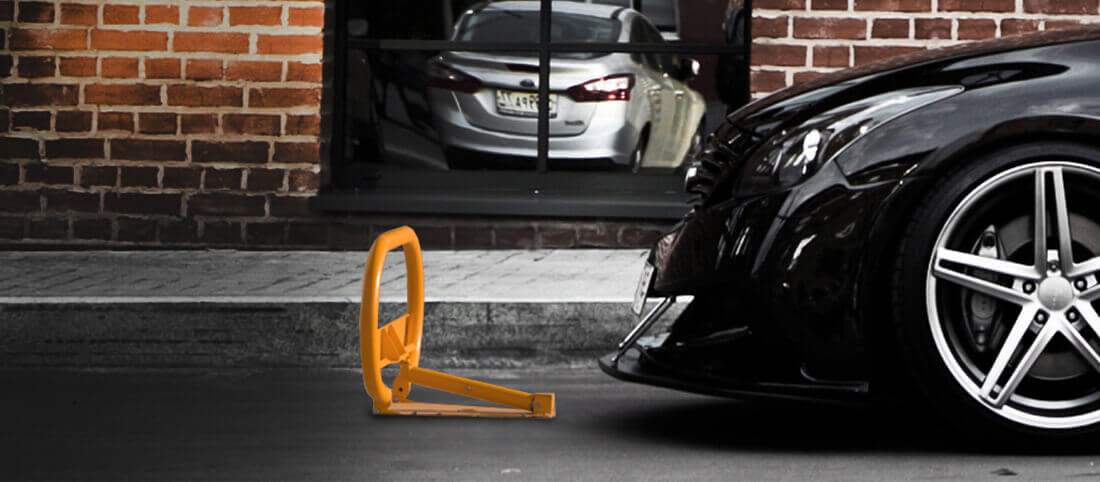
When it comes to regulating access to private parking or property, installing a parking barrier is essential. They not only prevent unauthorized access but also enhance the overall safety and control of these areas. In an increasingly automated world, do manual parking barriers still play a role in parking management? To answer this question, let's take a closer look at manual parking barriers.
Table of contents:
The main Attributes of Manual Parking Barriers
Manual parking barriers are physical devices that prevent unauthorized vehicles from accessing an area. They come in various shapes and sizes, including boom barriers, swing arm barriers, drop arm barriers, sliding barriers, folding barriers, bollards, and chain barriers. As a system that works for a range of uses, manual parking barriers have several practical benefits:
No power source requirements
Since manual barriers operate without the need for electricity or batteries, they prove to be practical in areas with limited or no access to power sources. As they lower with a typical key turn or handle, their independence ensures uninterrupted performance, making them an environmentally friendly and sustainable choice.
Low maintenance
Manual parking barriers are less prone to technical failure and often require less maintenance due to their simpler mechanics, fewer moving parts, and lack of electronic components. Routine maintenance and lubrication are usually sufficient to keep them in good working order.
Cost-effectiveness
As they need less initial investment and have reduced maintenance expenses, manual parking barriers are typically less expensive than automatic solutions. There are no internal batteries, motors, sensors, or power supply.
In conclusion, manual parking barriers tend to be appropriate for parking areas where specific conditions or requirements make them a more convenient option, such as small parking lots with limited traffic, remote areas with no or unreliable electricity, low-budget facilities, or temporary parking areas.
Read more: Parking Equipment Installation Guide (2023): How To Choose & Install?
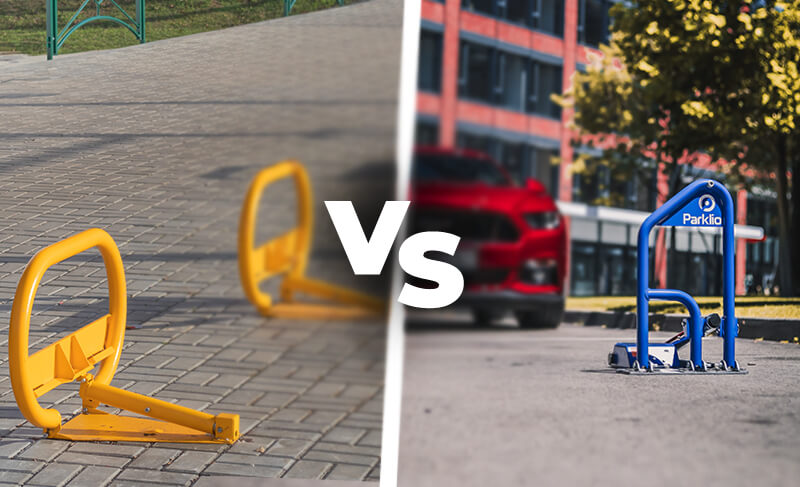
Manual vs. Automatic: How Have Parking Barriers Changed with Technology?
Although parking may appear to be an industry centered on physical space and resistant to technology-driven changes, there is currently a great opportunity to leverage technology to provide a more user-friendly, efficient, and valuable parking practice.
In other words, the evolution of parking barriers from manual to automatic has been a revolutionary process. This transformation has not only changed the way parking facilities operate, but it has also had a significant impact on the overall parking experience for both drivers and parking facility operators.
But before we go over these changes more thoroughly, let's define what an automatic parking barrier is. Just like a manual barrier, it's a physical access control device used to control vehicle entry and exit, however, it operates automatically, without the need for physical effort. Furthermore, they can also be implemented with various optional systems, such as an automatic number-plate recognition system or an intelligent AI system for parking monitoring, analyzing, and reporting vehicle parking data.
Here are the changes that technology has brought:
#1 Increased Efficiency
Automatic parking barriers have significantly improved parking facility efficiency. Manual barriers required drivers to get out of the comfort of their car and raise or lower the barriers or wait for a parking guard to operate the barrier, potentially causing congestion and delays during peak hours. Automatic barriers, on the other hand, allow fast and effortless access, minimizing wait times and allowing for a smoother flow of vehicles in and out of the parking area.
#2 Improved Access Control
Automatic parking barriers improve access control by eliminating human errors while pairing with advanced access systems, providing faster functioning, and delivering significant data insights for optimized parking management. Manual barriers, on the other hand, require human operation, which increases the possibility of mistakes like forgetting to close the barrier or raising it for unauthorized vehicles.
#3 Integration with PMS (Parking Management Systems)
This one was a true game-changer. The integration of automatic barriers with parking management systems led to the tracking and management of parking occupancy, providing real-time data on parking availability, issuing electronic tickets, and processing payments.
#4 Monitoring and remote control
Most modern automatic barriers may be controlled and monitored remotely, allowing parking facility operators to manage multiple locations from a single control station, minimizing the need for on-site personnel, and enhancing operating efficiency. Unlike automated systems, manual barriers do not offer remote control options, making it impossible to manage access from any location other than where they are positioned.
#5 Seamless Payment Integration
Automatic barriers have allowed the shift from cash-based to cashless payment systems as they seamlessly integrate with electronic payment methods and smartphone apps, allowing drivers to make quick and easy payments without the need for physical cash or interaction with parking attendants.
#6 Safety and Sustainability
Contrary to manual barriers, automatic parking barriers come with sensors that detect vehicles and obstacles in their path, ensuring increased safety for both vehicles and pedestrians. Additionally, automatic barriers can be paired with energy-efficient components such as solar panels which allows them to operate even without electrical power and correspond with the increased emphasis on sustainable practices and technologies.
Overall, the transition from manual to automatic parking gates has been characterized by increased efficiency, security, convenience, and user experience. As technology advances, we can expect even more progress in parking barrier systems that could enhance the parking experience for everyone involved.
Read more: Solar Powered Parking Solutions - Clean Energy For Clean Future
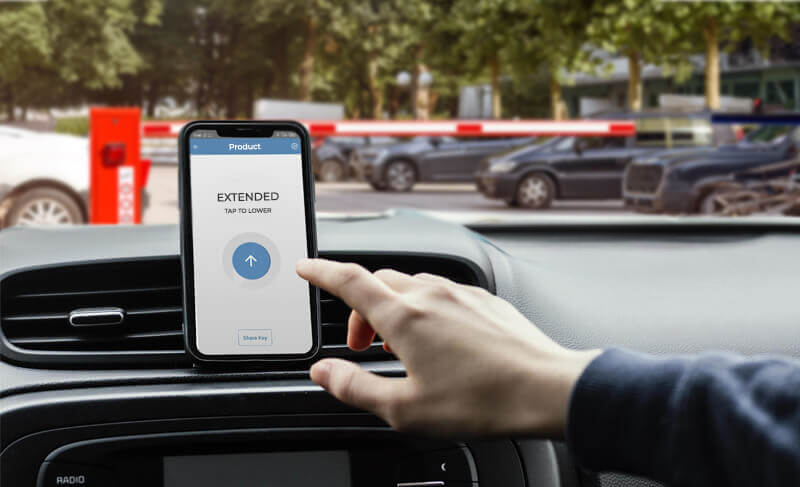
Factors to consider when choosing between Manual or Automatic Parking Barriers
When it comes to deciding which type of parking barrier is better for you, your choice should depend on several factors, including your individual needs and the parking area's requirements. Here are some key factors to consider:
Initial and operational costs
Because of the required technology and installation, automated parking barriers typically have a higher initial cost than manual ones. However, manual parking barriers require manual labor, which, of course, implies that parking attendants need to be paid for their work.
Ease of use
Automated barriers frequently include user-friendly interfaces for drivers, such as smartphone apps that allow you to raise or lower any barrier from the comfort of your car, home, or office without the need for human assistance, which is not the case with manual barriers. Also, automated parking barriers dramatically minimize the amount of physical effort required by parking attendants. They don't have to lift and lower barriers for each vehicle, which allows them to focus on other tasks. The control interface is intended to be intuitive and simple to use.
Security requirements
If security is your top priority, automatic parking barriers provide improved control and monitoring. Paired with access control systems, ticketing solutions, or license plate recognition technology to provide increased security and prevent unauthorized entry. Apart from preventing unauthorized parking, manual barriers provide little security.
Traffic volume
If the parking area handles a large volume of vehicles on a regular basis, automatic parking barriers can help simplify the entry and exit processes. They manage a large number of vehicles more quickly and efficiently, minimizing congestion and wait times.
Data collection
Manual parking barriers do not collect data by themselves. While parking attendants can manually track some data, such as the number of vehicles entering or exiting, this method is frequently limited and prone to mistakes. This means getting detailed insights about parking trends and usage is hard. However, automatic parking barriers have a variety of sensors and technology that collect comprehensive data. These barriers can collect data on the number of vehicles entering and exiting, the times of entry and exit, peak hours, parking durations, and other factors. Furthermore, integrated systems such as license plate recognition can improve data accuracy even further.
A thorough analysis of these factors will enable you to make an informed decision that is in line with your individual needs and goals.
Do manual parking barriers justify their existence in an automated, technology-driven world?
So, are automated parking barriers the inevitable future? Plus, are the advantages of manual parking barriers worth the drawbacks?
In conclusion, manual parking barriers will most likely continue to serve as a cost-effective solution to limit entry, especially in budget-constrained situations, providing basic parking protection and security. Automatic parking barriers, on the other hand, have been recognized as more efficient because of their swift, precise, and frictionless operation, without the need for human intervention, and are predicted to become almost inevitable in the future.
